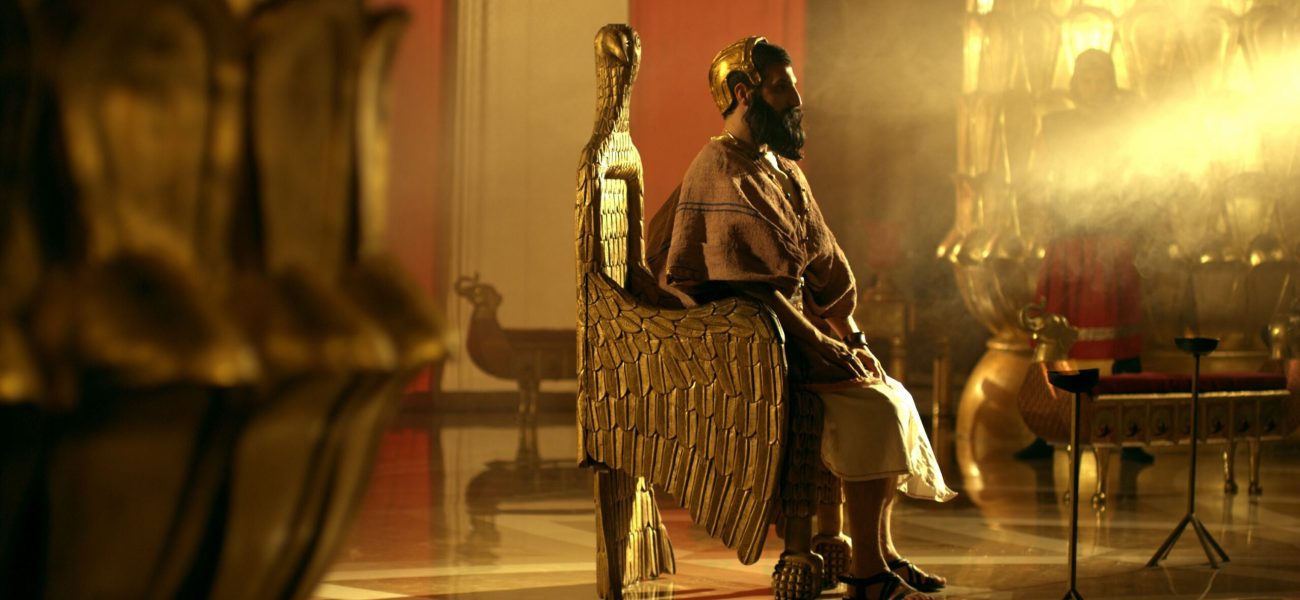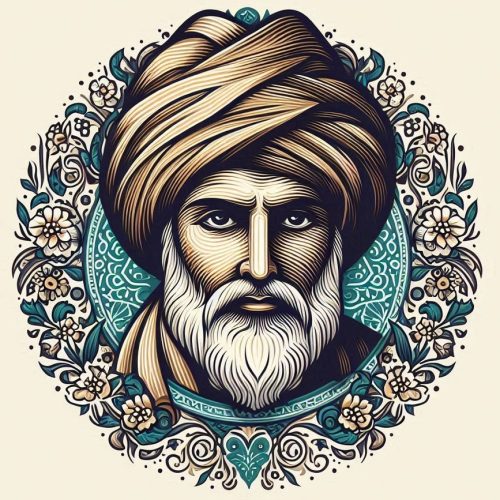In the annals of history, there are few figures as revered and celebrated as Cyrus the Great, the illustrious founder of the Achaemenid Persian Empire. Born in the rugged terrain of Persis, a land of rugged mountains and fertile valleys, Cyrus emerged from modest origins to carve out an extraordinary legacy that would echo through the corridors of time. His ascent to power was not merely the result of inheritance or chance, but a testament to his unparalleled determination, strategic brilliance, and unwavering commitment to his vision of a united and prosperous Persian realm.
Cyrus’s reign, spanning from 559 to 530 BCE, heralded a new era in the ancient Near East, characterized by sweeping military conquests, visionary leadership, and enduring cultural achievements. At a time when the region was fragmented and embroiled in internecine conflict, Cyrus emerged as a beacon of stability and unity, rallying disparate tribes and peoples under the banner of a unified empire. His conquests, which spanned from the rugged mountains of Anatolia to the fertile plains of Mesopotamia, brought vast swathes of territory under Persian control, laying the foundation for one of the largest and most powerful empires the world had ever seen.
But Cyrus’s legacy extends far beyond the realm of military conquest. He was not merely a conqueror, but also a visionary statesman and lawgiver, whose principles of governance laid the groundwork for the Achaemenid Empire’s enduring stability and prosperity. His famous Cylinder, a clay tablet inscribed with his declaration of religious tolerance and human rights, stands as a testament to his commitment to justice, equality, and the rule of law. In this remarkable document, Cyrus proclaims his dedication to freedom of religion, the rights of conquered peoples, and the repatriation of exiled populations, setting a precedent for enlightened governance that would be emulated by rulers throughout the ages.
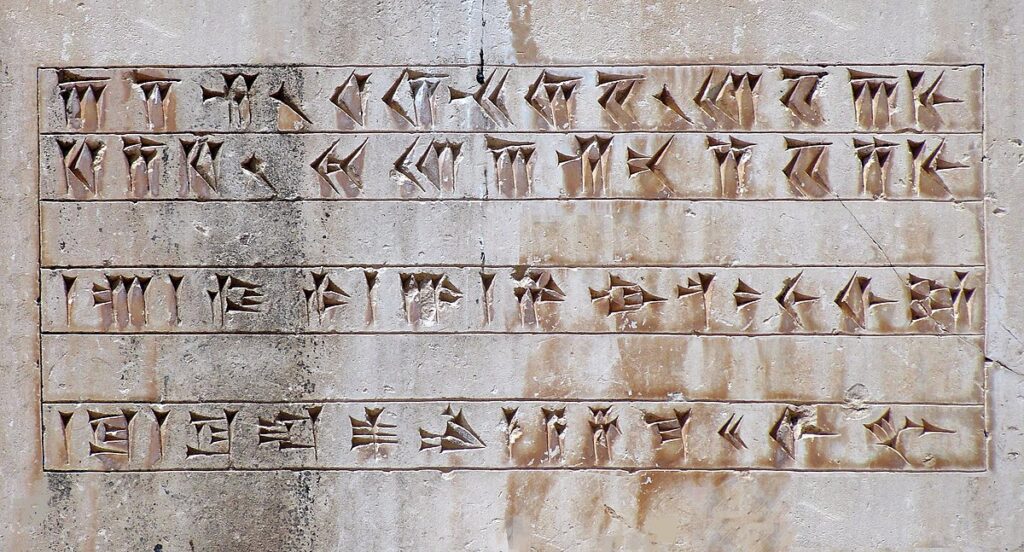
Despite his untimely death in battle in 530 BCE, Cyrus’s vision and ideals lived on, shaping the course of Persian history and influencing the development of Western civilization. His conquests laid the groundwork for the expansion of Persian culture and influence throughout the ancient world, fostering a rich and diverse exchange of ideas, art, and commerce. Cyrus the Great remains a towering figure in the annals of history, whose achievements continue to inspire awe and admiration, reminding us of the enduring power of leadership, courage, and vision to shape the destiny of nations and peoples.
Early Life and Rise to Power
Cyrus the Great was born into the noble Achaemenid clan, a family that traced its lineage back to the legendary Persian king, Achaemenes. Little is known about Cyrus’s early life, as historical records from that time are scarce and often shrouded in myth and legend. However, it is believed that he was born around 600 BCE in the region of Persis, a rugged and mountainous land located in present-day southwestern Iran.
From a young age, Cyrus exhibited extraordinary qualities of leadership, courage, and charisma. Growing up amid the rugged beauty of Persis, he was instilled with a deep sense of pride and patriotism for his homeland and its people. Inspired by tales of valor and heroism from Persian folklore, Cyrus dreamed of liberating his homeland from foreign domination and restoring it to its former glory.
Cyrus’s rise to power began in earnest following the death of his father, Cambyses I, who served as king of Anshan, a vassal state of the Median Empire. Upon his father’s death, Cyrus inherited the throne of Anshan and assumed the mantle of leadership at a time of great turmoil and uncertainty in the region.
Under the oppressive rule of the Median king, Astyages, the Persian people chafed under the yoke of foreign domination, longing for freedom and independence. Sensing an opportunity to unite his people and throw off the shackles of oppression, Cyrus embarked on a daring campaign to challenge Median authority and assert Persian sovereignty.
Cyrus’s early military campaigns were marked by audacity, resourcefulness, and strategic cunning. With a small but dedicated band of followers at his side, he waged a guerrilla war against the Medes, striking at key outposts and supply lines with lightning speed and precision. His intimate knowledge of the rugged terrain of Persis, coupled with his mastery of hit-and-run tactics, allowed him to outmaneuver and outwit his more numerous and better-equipped adversaries.
As Cyrus’s fame and reputation grew, so too did his following among the Persian tribes and city-states. Inspired by his bravery and leadership, they flocked to his banner, swelling his ranks and bolstering his quest for independence. Through a combination of military skill, political acumen, and sheer force of will, Cyrus gradually expanded his sphere of influence, rallying support from disaffected subjects and potential allies throughout the region.
The turning point in Cyrus’s rise to power came in 550 BCE, when he launched a daring invasion of the Median heartland, striking at the very heart of the empire with audacious boldness. In a series of swift and decisive battles, Cyrus defeated the Median king, Astyages, and brought the mighty Median Empire to its knees.
With the fall of Media, Cyrus proclaimed himself king of Persia and embarked on a campaign of conquest and consolidation, forging the disparate tribes and peoples of the Iranian plateau into a unified empire. His military campaigns, characterized by strategic brilliance and tactical innovation, brought vast swathes of territory under Persian control, from the rugged mountains of Anatolia to the fertile plains of Mesopotamia.
Cyrus the Great’s early life and rise to power are a testament to his extraordinary courage, leadership, and determination. From humble beginnings in the rugged terrain of Persis, Cyrus emerged as one of the greatest conquerors and statesmen the world has ever known, whose achievements continue to inspire awe and admiration to this day. His remarkable journey from obscurity to greatness serves as a timeless reminder of the power of ambition, perseverance, and visionary leadership to shape the course of history and leave an indelible mark on the world.
Conquest of Media and the Rise of the Achaemenid Empire
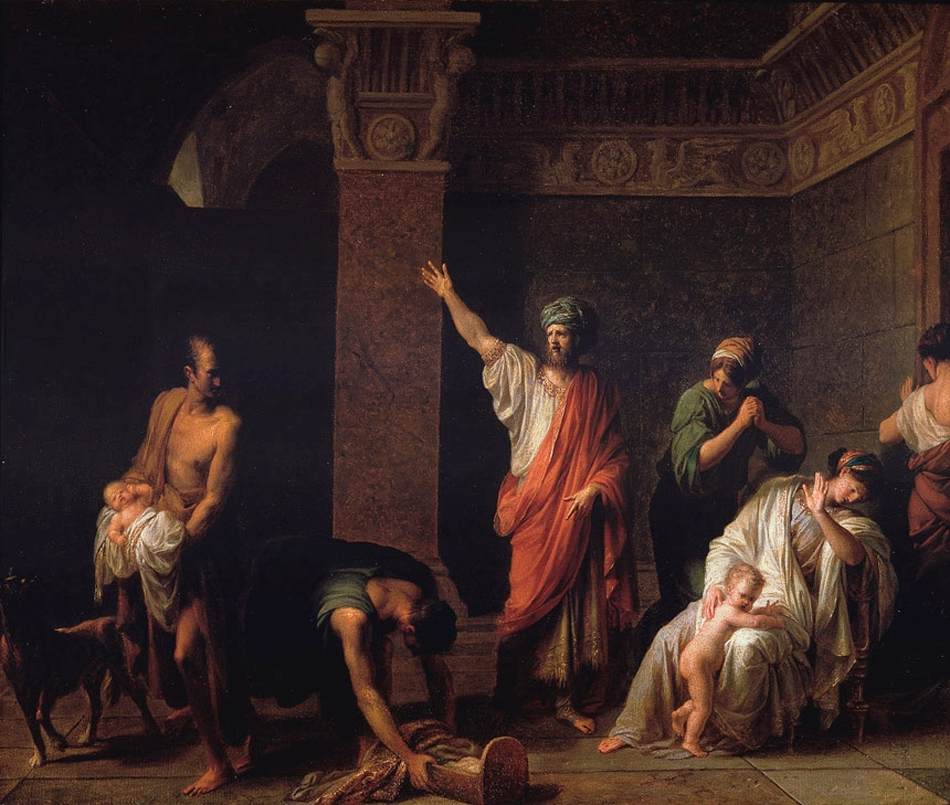
The conquest of Media marked a pivotal moment in Cyrus the Great’s rise to power and the establishment of the Achaemenid Empire. Media, a powerful kingdom located in modern-day northwestern Iran, had long been a dominant force in the region, ruling over a vast territory and exerting influence over neighboring states.
Cyrus’s decision to challenge Median authority and assert Persian sovereignty was a bold and audacious move that would forever alter the political landscape of the ancient Near East. In 550 BCE, Cyrus launched a daring invasion of the Median heartland, leading his army deep into enemy territory with the aim of toppling the Median king, Astyages, and seizing control of the empire.
The campaign against Media was fraught with challenges and obstacles, as Cyrus faced formidable adversaries and daunting logistical hurdles along the way. However, his military genius, strategic foresight, and unwavering determination proved to be decisive factors in overcoming these obstacles and achieving victory on the battlefield.
In a series of swift and decisive battles, Cyrus’s forces clashed with the armies of Media, engaging in fierce combat that tested the resolve and courage of both sides. Despite being outnumbered and outgunned, Cyrus’s army prevailed, thanks to their superior tactics, discipline, and morale, as well as the support of local allies and sympathizers who defected to their cause.
The turning point in the campaign came with the capture of Ecbatana, the magnificent capital of Media, which fell to Cyrus’s forces after a prolonged siege. With the fall of Ecbatana, Astyages was forced to surrender, bringing an end to his reign and ushering in a new era of Persian dominance in the region.
Following his victory over Media, Cyrus proclaimed himself king of Persia and assumed the title of “King of Kings,” asserting his authority over the conquered territories and consolidating his hold on power. He embarked on a campaign of conquest and expansion, bringing vast swathes of territory under Persian control and laying the groundwork for the establishment of the Achaemenid Empire.
Under Cyrus’s visionary leadership, the Achaemenid Empire would grow to become one of the largest and most powerful empires the world had ever seen, stretching from the shores of the Aegean Sea to the banks of the Indus River. Cyrus’s conquests laid the foundation for a new era of prosperity and cultural exchange in the ancient Near East, fostering a rich and diverse exchange of ideas, art, and commerce that would shape the course of history for centuries to come.
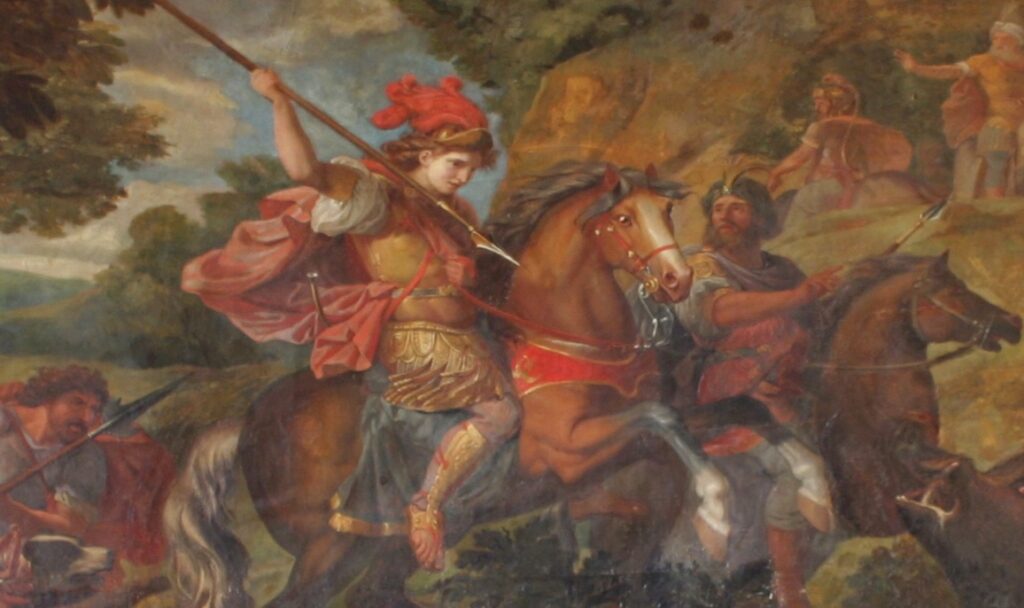
The conquest of Media and the rise of the Achaemenid Empire under Cyrus the Great’s leadership marked a watershed moment in the history of the ancient Near East. Through his military prowess, strategic vision, and unwavering determination, Cyrus transformed the region’s political landscape, laying the foundation for a new era of Persian dominance and cultural flourishing. His conquests would leave an indelible mark on the world, shaping the course of history and inspiring awe and admiration for generations to come.
Legacy and Enduring Impact
Cyrus the Great’s legacy extends far beyond his military conquests and the establishment of the Achaemenid Empire. He was not merely a conqueror but also a visionary statesman and lawgiver, whose principles of governance laid the foundation for the empire’s enduring stability, prosperity, and cultural legacy.
Principles of Governance
Cyrus the Great’s approach to governance was characterized by a rare combination of pragmatism, wisdom, and compassion, which set him apart from his contemporaries and earned him a reputation as a benevolent and enlightened ruler. His principles of governance were rooted in the belief that the well-being and prosperity of his subjects were paramount, and that a just and equitable society was essential for the stability and longevity of the empire.
Justice and Law
Cyrus understood that a stable and prosperous empire required a robust system of justice and law enforcement that treated all citizens fairly and impartially. He established courts of law and appointed judges to adjudicate disputes and administer justice, ensuring that grievances were addressed promptly and equitably. Cyrus’s commitment to the rule of law helped to foster a sense of security and trust among his subjects, laying the groundwork for social cohesion and order.
Tolerance and Religious Freedom
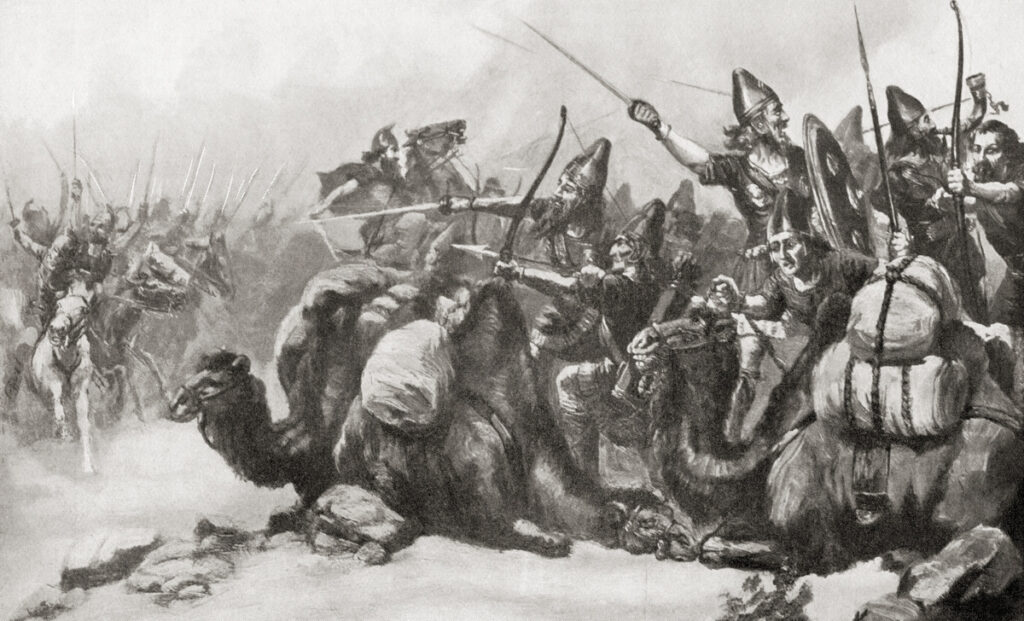
One of Cyrus’s most enduring legacies is his policy of religious tolerance, which allowed diverse religious communities to practice their faith freely within the Achaemenid Empire. Unlike many of his predecessors, who sought to impose their own religious beliefs on conquered peoples, Cyrus respected the religious diversity of his subjects and granted them the freedom to worship as they pleased. This policy of religious pluralism not only earned Cyrus the loyalty and support of his subjects but also contributed to the empire’s cultural richness and diversity.
Humanitarianism and Compassion
Cyrus’s famous Cylinder, often hailed as one of the earliest declarations of human rights, reflects his deep-seated commitment to humanitarianism and compassion. In this remarkable document, Cyrus proclaims his dedication to the welfare of his subjects, vowing to protect the rights of conquered peoples, repatriate exiled populations, and ensure their safety and security. His benevolent treatment of the inhabitants of Babylon, whom he liberated from oppression and tyranny, earned him the admiration and gratitude of the Babylonian people, who hailed him as a liberator and savior.
Administrative Efficiency
Cyrus recognized the importance of efficient and effective administration in maintaining the stability and prosperity of the empire. He implemented a system of provincial governance that delegated authority to local officials while maintaining centralized control over key aspects of governance, such as taxation, infrastructure, and defense. This decentralized administrative structure allowed for greater flexibility and responsiveness to local needs, while ensuring the empire’s cohesion and coherence.
Cyrus’s principles of governance left an indelible mark on the Achaemenid Empire, shaping its institutional framework and guiding its policies for centuries to come. His emphasis on justice, tolerance, and compassion helped to foster a sense of unity and solidarity among the diverse peoples of the empire, laying the foundation for its enduring stability and prosperity. Cyrus’s legacy as a wise and benevolent ruler continues to inspire admiration and reverence to this day, serving as a timeless example of enlightened leadership and humane governance.
Cultural Exchange
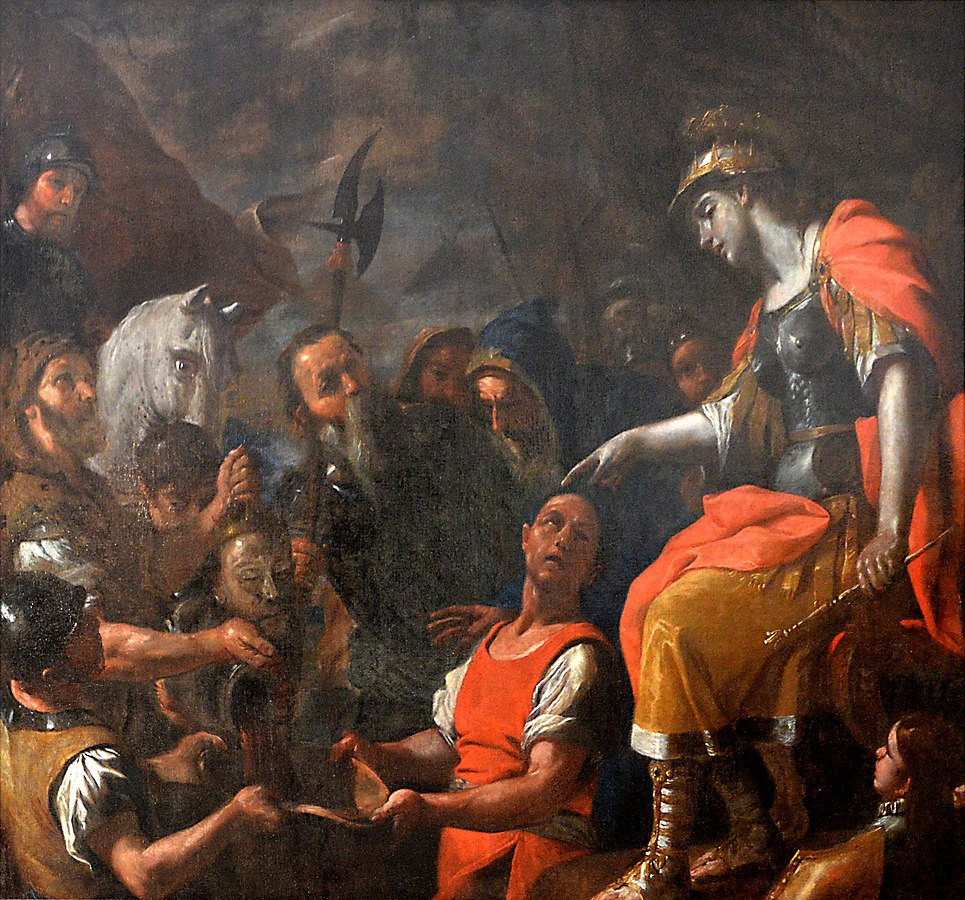
Cyrus the Great’s reign marked a period of unprecedented cultural exchange and interaction within the Achaemenid Empire, fostering a vibrant and cosmopolitan society that embraced diversity and celebrated the richness of its many cultures and traditions. Cyrus recognized the value of cultural exchange as a means of fostering understanding, tolerance, and mutual respect among the diverse peoples of his empire. Under his enlightened leadership, the Achaemenid Empire became a melting pot of cultures, languages, and traditions, where people from different backgrounds came together to share ideas, art, and customs.
Cultural Fusion and Syncretism
Cyrus’s conquests brought together a diverse array of peoples from across the ancient Near East, including Persians, Medes, Babylonians, Egyptians, Greeks, and many others. Rather than seeking to impose a single cultural identity on his subjects, Cyrus embraced the diversity of his empire and encouraged cultural fusion and syncretism. As a result, the Achaemenid Empire became a melting pot of cultures, where different traditions and customs coexisted and intermingled, giving rise to new forms of artistic expression, architecture, and cuisine.
Artistic Exchange
The Achaemenid Empire was renowned for its vibrant artistic scene, which flourished under Cyrus’s patronage and support. Artists, craftsmen, and architects from across the empire were brought together to collaborate on monumental projects, such as the construction of palaces, temples, and royal tombs. Cyrus’s conquests also facilitated the exchange of artistic techniques and styles between different regions, leading to the emergence of a distinctive Achaemenid artistic tradition that blended elements of Persian, Babylonian, Egyptian, and Greek art.
Intellectual Exchange
Cyrus’s empire was a hub of intellectual activity and scholarship, where philosophers, scholars, and scientists from different cultures and backgrounds came together to exchange ideas and knowledge. The royal court, in particular, served as a center of learning and innovation, where scholars from across the empire were invited to share their expertise and insights. Cyrus himself was known for his patronage of learning and education, establishing libraries and academies to promote intellectual inquiry and debate.
Commercial Exchange
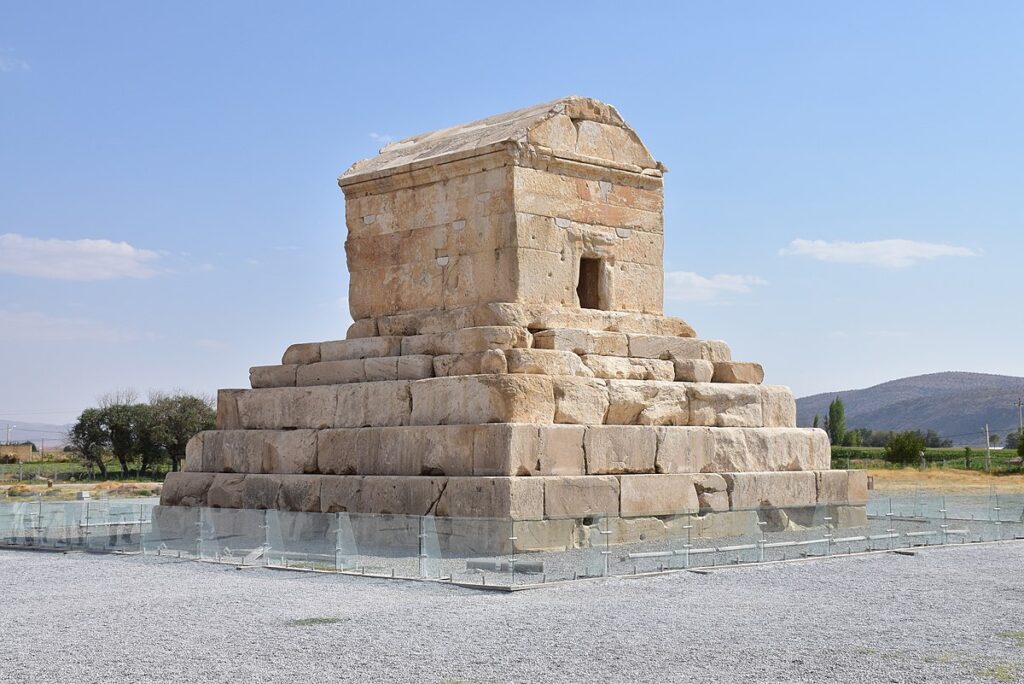
The Achaemenid Empire’s extensive network of trade routes facilitated the exchange of goods, ideas, and technologies between different regions, fostering economic growth and prosperity. Cyrus’s conquests opened up new markets and trading opportunities for merchants and traders, who traveled far and wide to buy and sell goods from distant lands. The empire’s strategic location at the crossroads of Asia, Africa, and Europe made it a vital hub of trade and commerce, connecting the civilizations of the ancient world and facilitating the exchange of goods and ideas.
Cyrus the Great’s promotion of cultural exchange within the Achaemenid Empire fostered a dynamic and cosmopolitan society that embraced diversity and celebrated the richness of its many cultures and traditions. Under his enlightened leadership, the empire became a melting pot of artistic, intellectual, and commercial activity, where people from different backgrounds came together to share their ideas, art, and customs. Cyrus’s legacy as a champion of cultural exchange continues to inspire admiration and reverence to this day, serving as a timeless example of the power of diversity to enrich and strengthen societies.
Infrastructure and Urban Development
Cyrus the Great’s reign witnessed a remarkable period of investment in infrastructure and urban development, as he sought to modernize and expand the administrative and economic capabilities of the Achaemenid Empire. His ambitious projects aimed to improve communication, facilitate trade, and enhance the quality of life for his subjects, laying the foundation for the empire’s prosperity and stability.
Roads and Communication Networks
One of Cyrus’s most significant contributions to infrastructure development was the construction of an extensive network of roads and highways that crisscrossed the empire, connecting its far-flung provinces and facilitating communication and trade. These roads, built to withstand the rigors of travel in diverse terrain, allowed for the rapid movement of troops, officials, and merchants, ensuring the empire’s cohesion and coherence. The Royal Road, which stretched from Sardis in western Anatolia to Susa in southwestern Iran, became one of the most famous and well-traveled routes in the ancient world, facilitating trade and diplomatic exchange between the eastern and western reaches of the empire.
Urban Planning and Architectural Projects
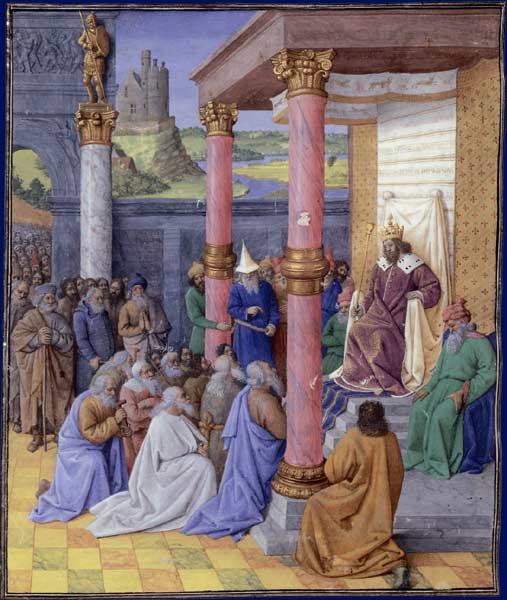
Cyrus the Great initiated ambitious urban planning and architectural projects aimed at enhancing the beauty and functionality of the empire’s cities and administrative centers. He commissioned the construction of monumental palaces, temples, and public buildings, which served as symbols of imperial power and prestige. The city of Pasargadae, founded by Cyrus as the capital of the Achaemenid Empire, was a masterpiece of urban planning, featuring wide boulevards, grand plazas, and impressive civic structures. Cyrus’s successor, Darius the Great, continued his legacy of urban development by founding the magnificent city of Persepolis, which became the ceremonial center of the empire and a showcase of Achaemenid architecture and art.
Irrigation and Agricultural Projects
Cyrus recognized the importance of agriculture as the backbone of the empire’s economy and invested in irrigation and agricultural projects to improve crop yields and ensure food security for his subjects. He oversaw the construction of canals, reservoirs, and irrigation systems that transformed arid and barren lands into fertile agricultural zones, allowing for the cultivation of crops such as wheat, barley, and grapes. These agricultural improvements not only boosted food production but also facilitated population growth and urbanization, as people migrated to newly irrigated areas in search of land and opportunity.
Fortifications and Defense Infrastructure
In addition to civilian infrastructure projects, Cyrus invested in fortifications and defensive infrastructure to protect the empire’s borders and ensure its security against external threats. He ordered the construction of fortified garrisons, watchtowers, and defensive walls along the empire’s frontiers, providing a bulwark against invasion and incursion. These defensive measures helped to deter potential adversaries and safeguard the empire’s territorial integrity, allowing for the continuation of trade, commerce, and cultural exchange within its borders.
Cyrus the Great’s initiatives in infrastructure and urban development played a crucial role in shaping the Achaemenid Empire’s economic prosperity, administrative efficiency, and military strength. His investments in roads, cities, agriculture, and defense infrastructure laid the foundation for the empire’s enduring stability and prosperity, ensuring its survival and success for centuries to come. Cyrus’s legacy as a visionary leader and builder continues to inspire admiration and reverence to this day, serving as a testament to the transformative power of infrastructure investment in shaping the destiny of nations and peoples.
Enduring Influence
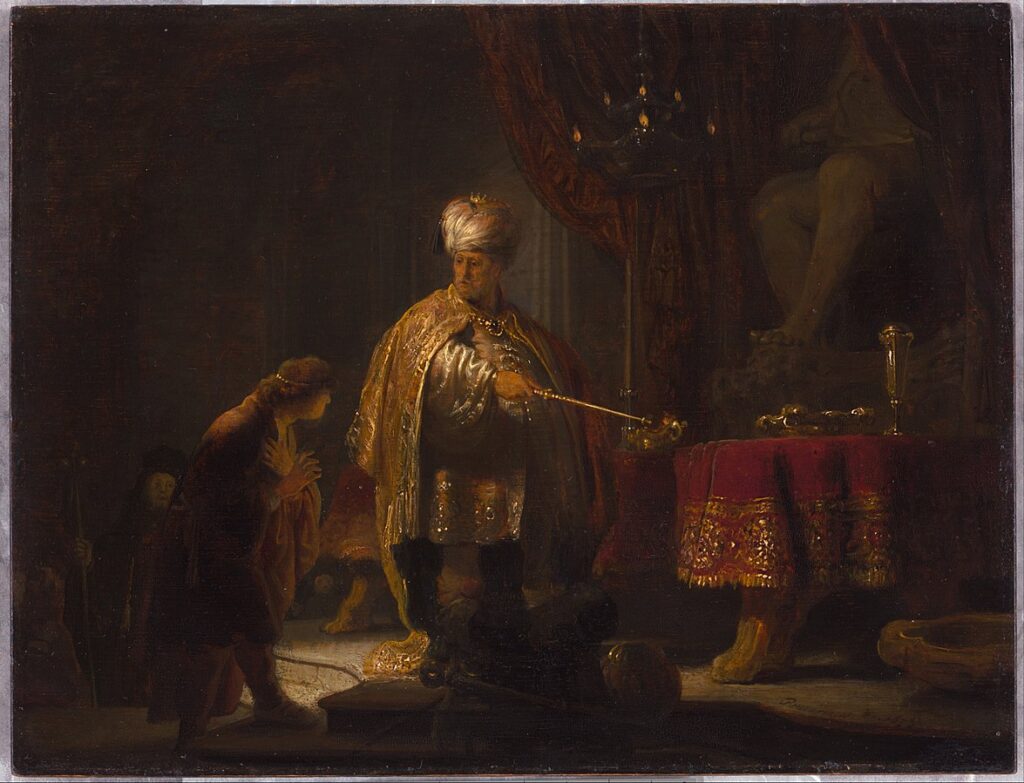
Despite his untimely death in battle in 530 BCE, Cyrus’s legacy lived on, shaping the course of Persian history and influencing the development of Western civilization. His conquests laid the groundwork for the expansion of Persian culture and influence throughout the ancient world, fostering a rich and diverse exchange of ideas, art, and commerce that would leave an indelible mark on subsequent generations.
Cyrus the Great’s legacy as the founder of the Achaemenid Empire is a testament to his visionary leadership, enlightened governance, and enduring impact on the course of history. His principles of justice, tolerance, and cultural exchange continue to inspire admiration and awe, serving as a timeless reminder of the power of leadership, courage, and vision to shape the destiny of nations and peoples.
The story of Cyrus the Great is a testament to the power of leadership, courage, and vision to transform the course of history. From humble beginnings, Cyrus rose to become one of the greatest rulers of antiquity, whose achievements continue to inspire and awe us to this day. His legacy as the founder of the Achaemenid Empire and the father of Persian civilization endures as a beacon of hope and inspiration for future generations, reminding us of the enduring power of human endeavor to shape the destiny of nations and peoples.

